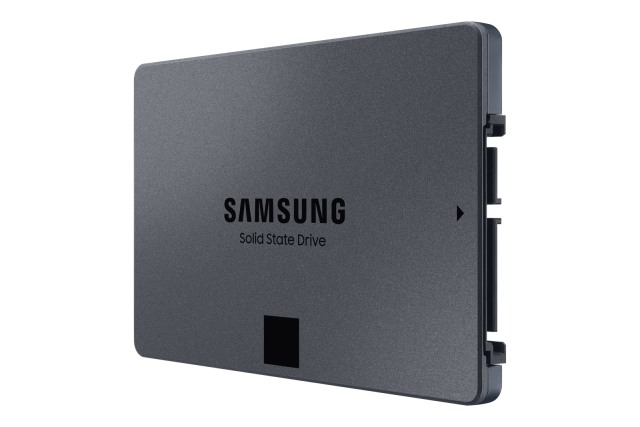Cool projects are rare. Here I found one I want to show to you. An undercover personal communicator. It includes a lot of new technologies: ESP32, Smartphones, LoRa, BLE, GPS, Mesh, and as you see, 3D printing. And it solves a problem which could be seen as a human right: Personal SMS style communication everywhere in the world, without the need for any infrastructure, and without mass surveillance. In addition, it shows the location of all your friends in your group on a map on your Smartphone. Everything open source, of course. How cool is that? Even “Sexycyborg” Naomi Wu likes it.
Technology
Hyper Mirror Review Zero Lag Wireless Display HDMI & USB C It Actually Works!
In this video, we take a look at test out the all-new HYPER MIRROR Zero Lag Wireless Display adapter!
This adapter works with any device that supports HDMI Or Display over USB Type C like Android devices, laptops, game consoles like Xbox One PS4 and the Nintendo Switch. It allows you to cast the devices to display to a big-screen TV or monitor using 60Ghz mm-Wave technology with Zero Latency!
I was very skeptical about this device at first until I tested it and found out that it actually works! In this video, we test it out with the Galaxy S10 with DEX, The red magic 5G, Lenovo Laptop, and the Raspberry Pi4.
Why Microsoft switched from Intel to Power PC for the Xbox 360 | MVG
Microsoft and Intel’s partnership stems back to the early 80’s with MSDOS and Windows. Microsoft would use Intel to power the Original Xbox in 2001. Yet in 2005 with the next generation Xbox 360, they famously split from the chipmaker in favor of IBM and their PowerPC architecture – made famous by Apple and with PowerMac line of computers. In this episode we take a look at why Microsoft dumped Intel for the Xbox 360 game system.
Throwing Star LAN Tap
The Throwing Star LAN Tap is a passive Ethernet tap, requiring no power for operation. There are active methods of tapping Ethernet connections (e.g., a mirror port on a switch), but none can beat passive taps for portability. To the target network, the Throwing Star LAN Tap looks just like a section of cable, but the wires in the cable extend to the monitoring ports in addition to connecting one target port to the other.
The monitoring ports (J3 and J4) are receive-only; they connect to the receive data lines on the monitoring station but do not connect to the station’s transmit lines. This makes it impossible for the monitoring station to accidentally transmit data packets onto the target network.

Arduino Radar System. (Ultrasonic sensor and Servo Motor)
Required elements:
1 x ultrasonic sensor
1 x Servo Motor
1 x buzzer
2 x led (green, red)
2 x 220 Ohm resistor
1 x 840 pin breadboard
Some jumper cables
How transistor works : Explained | Electronics for beginners
A transistor is a semiconductor device used to amplify or switch electronic signals and electrical power. It is composed of semiconductor material usually with at least three terminals for connection to an external circuit. A voltage or current applied to one pair of the transistor’s terminals controls the current through another pair of terminals. Because the controlled (output) power can be higher than the controlling (input) power, a transistor can amplify a signal. Today, some transistors are packaged individually, but many more are found embedded in integrated circuits.
Samsung’s first 8TB SSD for mainstream PCs is the 870 QVO
Samsung finally has an 8TB solid-state drive that’s ready for the mainstream. The company has unveiled an 870 QVO range of SSDs that ranges from ‘just’ 1TB through to the flagship 8TB capacity — enough that you may not have to worry about free space for a long time. It’s an SATA drive limited to peak sequential read and write speeds of 560MB/s and 530MB/s respectively, but Samsung is promising a 13 percent boost in random read speeds over the 860 QVO.

Real-Time Voice Cloning (Toolbox)
This repository is an implementation of Transfer Learning from Speaker Verification to Multispeaker Text-To-Speech Synthesis (SV2TTS) with a vocoder that works in real-time. Feel free to check my thesis if you’re curious or if you’re looking for info I haven’t documented. Mostly I would recommend giving a quick look to the figures beyond the introduction.
SV2TTS is a three-stage deep learning framework that allows to create a numerical representation of a voice from a few seconds of audio, and to use it to condition a text-to-speech model trained to generalize to new voices.
The RMC Retro Sleeper Server – Tour and #FreeNAS setup
Today we look at my new file server for The Cave, and what a glorious machine it is! Sent in by Ralph from https://www.youtube.com/channel/UCjUM… – He has combined a modern server build with a 1993 PC case with wonderful results.
The new #ESP32-S2: How relevant is it for the Makers? First tests
When the ESP32 came to the market, it was well equipped: Wi-Fi, Bluetooth, two fast cores, an ultra low power core, lots of pins, etc. One thing, however, was lacking: Native USB support like the SAMD processors, for example. This changed with the new ESP32, the ESP32-S2. Here I have two development boards. Let’s look if it is the same “killer” as the first ESP32 was.
